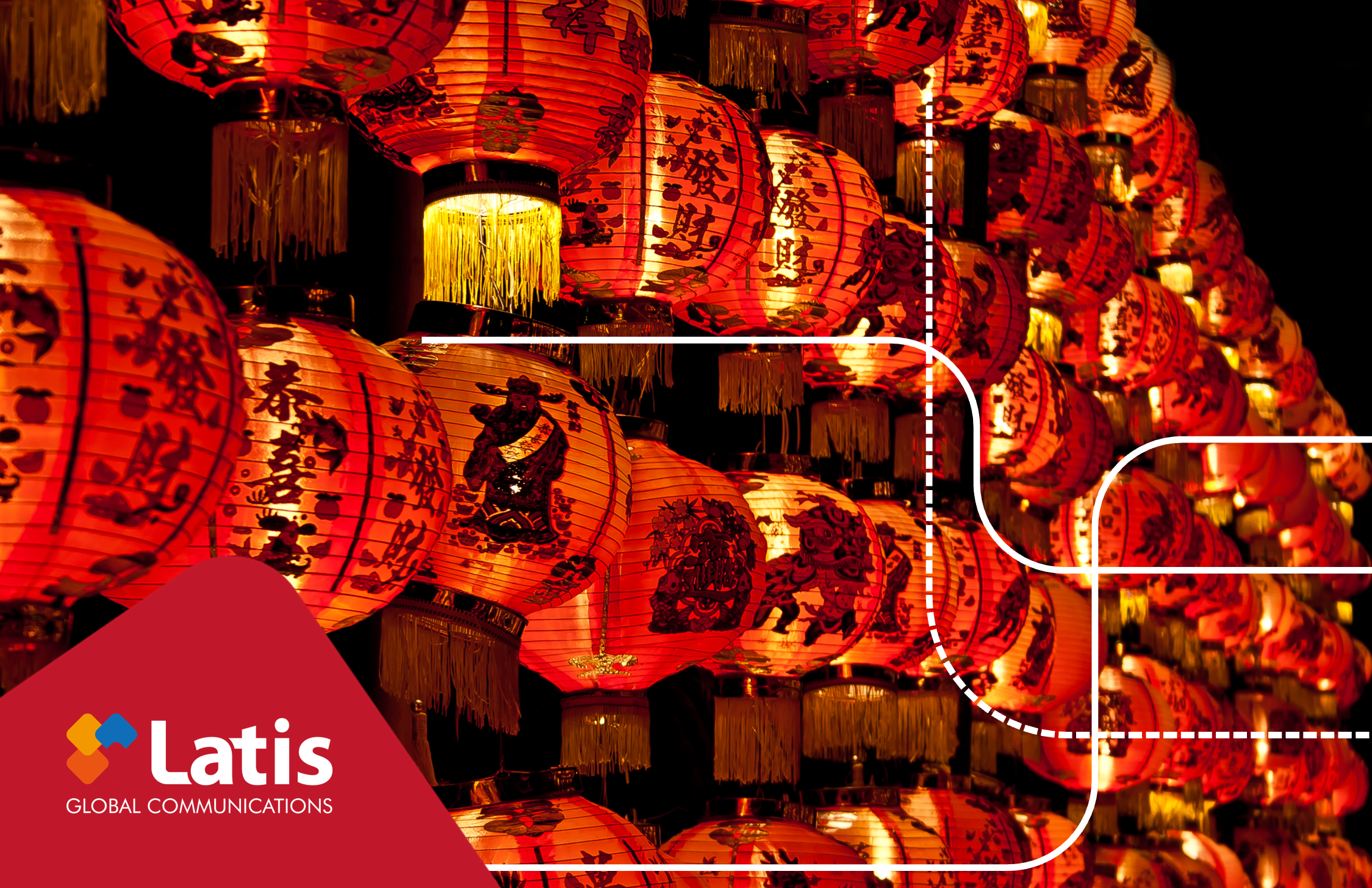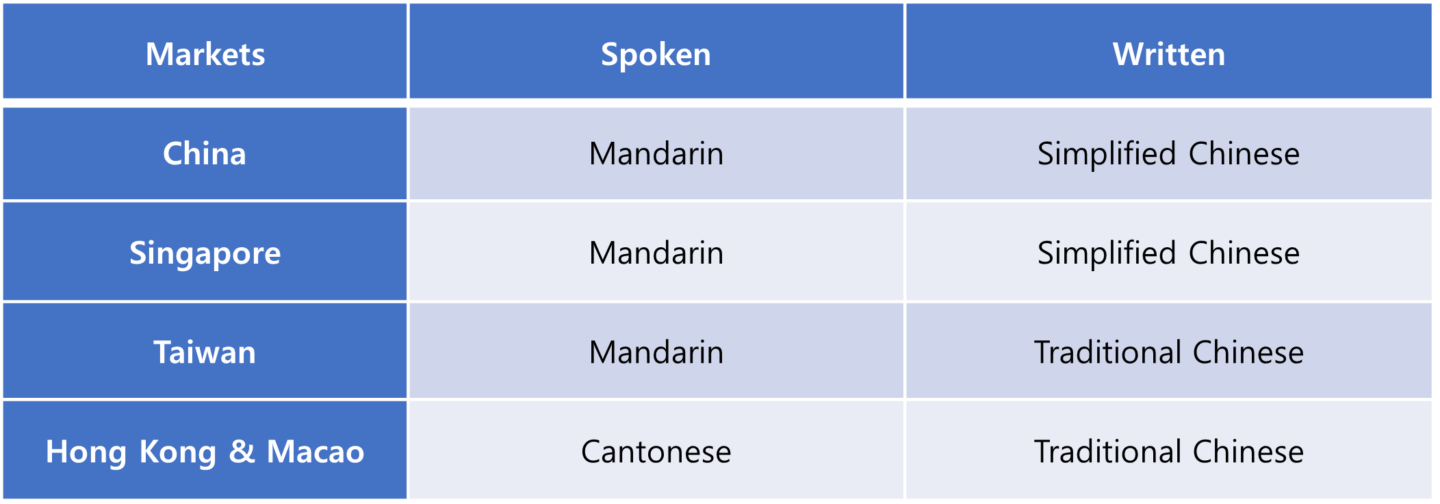
While English may be the lingua franca of the world, the language with the highest number of native speakers is Mandarin. Outside of Mainland China, in 20 countries, a portion of the population speaks Chinese as its mother tongue and at least 1.5 billion people speak it as a second language.

Among the 1.12 billion Mandarin speakers of Chinese descent, they are generally located in Mainland China, Taiwan, Malaysia and Singapore. Cantonese (also known as Yue) is spoken not only in Hong Kong, Macao and the bordering areas of Mainland China, but also other parts of the Asian continent, including Indonesia. It is the second most spoken version of Chinese (about 90 million people.) In addition to the existence of a variety of Chinese dialects, the Chinese language is not limited to Asia. Instead, it is spread out to other parts of the world, including the Americas.
With such a large population of Chinese speakers, the importance of Chinese is increasing, not only in business but also in other fields. Once the decision to target the Chinese market is made, there is a need for translation. Before translating, however, understanding there are differences between Simplified Chinese and Traditional Chinese is very crucial step.

Key Differences Between Simplified and Traditional Chinese
1. The Total Number of Characters Differ
In general, Traditional Chinese writing has about 20,000 characters whereas Simplified Chinese has about 7000. This reduction in Simplified Chinese, when compared to Traditional Chinese, is the result of erasing, combining, or replacing several characters to allow for wider accessibility. For example, in Simplified Chinese, since 够 and 夠 had the same meaning and pronunciation, only 够 was included in the standardized writing system and 夠 is no longer used. And while it may seem there are many cases where the standard Chinese in Simplified and Traditional Chinese differ, in reality, the number of commonly used characters is not very different.

2. The Character Structure Differs
Whilst the majority of Traditional Chinese characters have had their structure preserved, Simplified Chinese have undergone significant changes in its writing since the 1950s. Originally, the differences were mainly tied to the stroke order. But recently, new terms with pronunciations similar to English have come into existence. In addition, much like American and British English, different styles and vocabularies have evolved between Mainland China, Hong Kong and Taiwan, in part due to political as well as geographical reasons.
Let’s take the word for “lunchbox” for example. In Simplified Chinese, it is written as 盒饭, in Hong Kong, it is written with the Traditional characters 飯盒, and in Taiwan, with the characters 便當, a transliteration borrowed from the Japanese. There are also cases in which the two systems of writing influence each other. The word “Taiwan” is written as 台湾 in Simplified Chinese. In Taiwan, a country using Traditional Chinese, although 臺 is traditionally used for 台, in the word “Taiwan,” it is written as 台灣.

3. Geographical Differences
Simplified Chinese is mainly used in most areas of Mainland China, whereas Traditional Chinese is used in Taiwan, Hong Kong and Macao. Mainland China and Singapore use Mandarin as their spoken language and write in Simplified Chinese (zh-CN.) Hong Kong speaks Cantonese and uses Traditional Characters (zh-TW) when writing. Taiwan is the exception, using Taiwanese Mandarin as their spoken language and writing in Traditional characters.

When To Choose Between Simplified and Traditional Chinese
Those unfamiliar with the differences between Simplified Chinese and Traditional Chinese often think the number of strokes in each character is the only thing that changes; that they can simply convert Simplified characters into Traditional characters. These differences, however, rest not only in the characters themselves but also in the expressions and vocabulary as well as the background culture. When a translation is not properly localized, i.e., the characters have been converted from one system to the other, Traditional Chinese speakers will immediately notice. Because of this disparity, while similarities do exist, fundamentally, translations in Simplified or Traditional Chinese should be considered separate tasks.
When considering use Simplified Chinese, the location, preferences, and convenience of the target audience must be considered. If the potential audience is based in Mainland China, Simplified Chinese translations should be used. On the other hand, if they are in Hong Kong and Taiwan, Traditional Chinese translation is pertinent.

Chinese in the Gaming Market
The Chinese gaming market holds a large portion of the global market, making up more than 1/5 of the total game profits worldwide. To be competitive in such a market it is not enough to have basic translations; rather, it is necessary to produce a translation tailored to the preferences of people in the target market. For example, one possibility is choosing to use chengyu, or four character idioms, which has deep meaning while being concise. Another option is to use famous classical expressions. Choosing the relevant word play will also increase the quality level.
Translating into Traditional and Simplified Chinese is another factor to consider when thinking of the competition, as this allows the game to reach more potential Chinese-speaking customers. In the long run, this type of translation contributes to the increase in sales and popularity. Furthermore, translating into either Traditional and Simplified Chinese with attention to local cultural preferences shows respect and thought to the users, thereby amplifying their immersive experience.
By translating a game into Simplified and Traditional Chinese, maintaining the essence of the game, and considering linguistic, cultural and regional differences, one can provide the best experience to the players in each of these markets, greatly contributing to growth of sales for game developers as a result.

